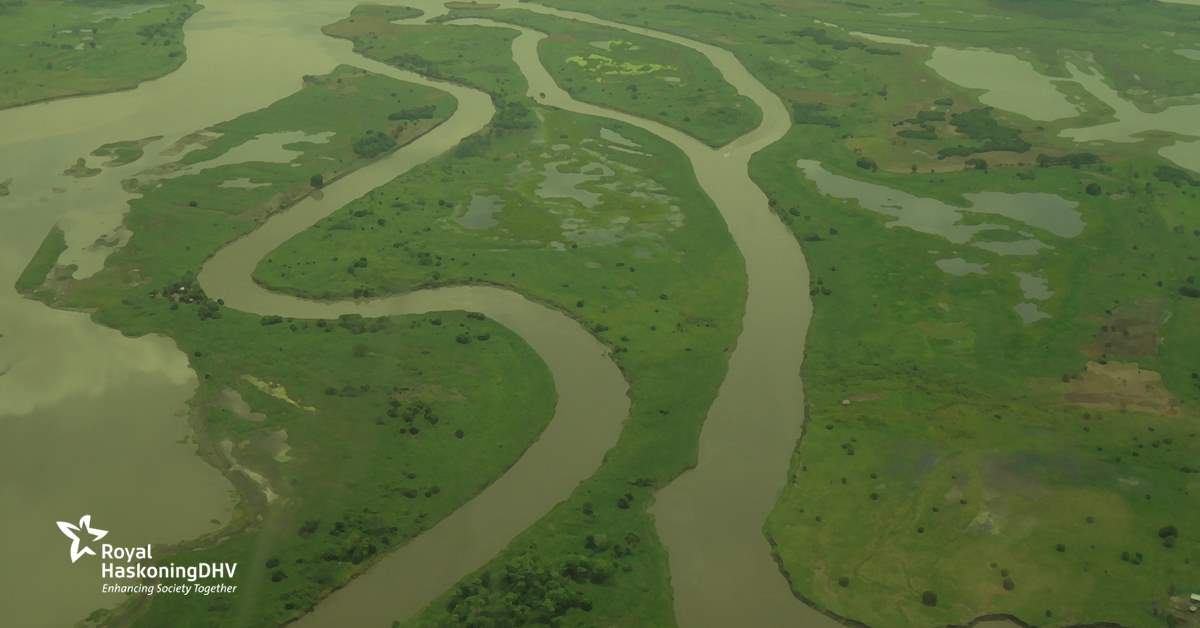Insight into future risks
New tool provides insight into climate change susceptibility for financial services market
Climate change is becoming a hot topic within the financial services market. It partly reflects an appetite to understand future risks but also the increasing regulatory requirements. The finance industry needs to adapt its view of risk to account for climate change happening now and to ensure investment decisions are resilient to future risks. Ambiental Climate Suite is a data cube containing every possible outcome of future climate change impact scenarios. At its core is a property-level database which includes attribution of flood risk metrics alongside other natural hazards. It can be integrated with valuation models so that insurers, banks and lenders can maintain stability in long-term investment models and provides insight into the susceptibility of their portfolio to climate change. Available now for the United Kingdom and Western Europe, it is set to be rolled out globally, enabling customers to make better informed decisions to maintain solvency, and ensure sustainable economic practices which comply with climate change reporting obligations.
Video: New tool for the financial market - Interview with Justin Butler
Inspiring support for the water transition

The global water sector needs to make a transition to sustainable systems, where the natural balance of the water cycle is restored and water is retained rather than allowed to run off. Equally, it needs to be viewed more broadly within the context of spatial planning. These are a few of the issues that we set out to discuss in a series of webinars during 2020. During the five sessions, we sought to inspire participants with examples of areas where measures were working well, while exploring why a transition is needed and how it actually works.